For Chuseok, one of Korea’s oldest holidays, we headed south of Seoul, to experience our own slice of traditional life at Hyojongdang Hanok in Yongin.
A hanok, or traditional Korean house, adheres to an ancient set of principles and ideals that strives to mirror nature and create minimal environmental impact. Usually set against a mountain, facing a stream of flowing water and asymmetrically constructed to promote harmony with the surrounding landscape, hanoks are put together following age-old techniques and arrangements that promote circulation, order and comfort.
Customarily consisting of several stand alone buildings, hanoks were built on raised platforms to protect against cold air and humidity seeping in from the ground. Korea’s unique underfloor heating system (ondol), kept the houses warm and toasty in the winter.
I was surprised to learn that while various types of woods and natural materials are used for building, logs are never connected together using nails. Instead, wooden pieces are attached using various clever joining techniques, kind of like a giant 3D jigsaw puzzle.
As is typical for hanoks, Hyojongdang was built using natural materials – in this case, red clay and Geumgang pine cut from Baekdusan Mountain. Consisting of an Anchae (inner quarters), a Sarangchae (men’s quarters), Jeongja (open pavilion), Jangdokdae (jar stand), and Madang (yard), the overall ambiance was one of total serenity. Standing there, it was hard to believe we were just 1 block away from the highway and column upon column of modern apartment buildings.
Our group of 8 was assigned the Sarangchae, and after unloading our packs, we set about exploring the hanok. Most of the yard was filled with row upon row of large earthen pots or jangdok, which we later found out were filled with soy sauce, homemade soybean paste and gochujang (chilli paste). Hundreds of acorns sat in front of the Anchae, roasting in the sunlight. These would be made into dotorimuk (acorn jelly) at a later time. At the side of the yard, a phalanx of fiery hot Korean chillis laid drying on the ground, presumably for grinding into potent gochugaru (chilli flakes).
- Salt atop fermenting soybean paste
- Fermenting soybean paste
- Korean chillis
- Soy sauce
At the top of a small set of stairs to the right of the Anchae, we found a succession of hives, but chose to make a quick exit when the bees began buzzing loudly, their bodies bouncing angrily off the sides of our heads.
Entering the cozy feeling rooms of the Sarangchae, we couldn’t help but notice the airy paper lined latticework frames and decorative artwork. Blindingly white mats and colourful blankets stacked neatly in the corner of the room would make up our bedding for the night.
- Rows of Jangdok
Truthfully, there isn’t much to do at a hanok. There’s no television, you can’t distract yourself with people watching, cafes, shopping or trendy restaurants…and that’s precisely the point. The harmonious design of a hanok practically begs you to disconnect from wifi, put your smartphone away, relax, play board games and enjoy connecting with nature and the people around you.
And that’s exactly what we did.
Getting to Hyojongdang
Take red express bus 5003 south, from the bus stop outside of Gangnam subway station Exit 5. The bus stop is in the middle of the road, and the bus costs approximately 2500 won.
Get off at Dongbak Middle School in Yongin. The owner of the hanok will pick you up from the bus stop, or you can take a short taxi ride to Hyojongdang.
Further information about Hyojongdang can be found HERE.
Have you ever stayed in traditional accommodation around the world? What was your experience like?


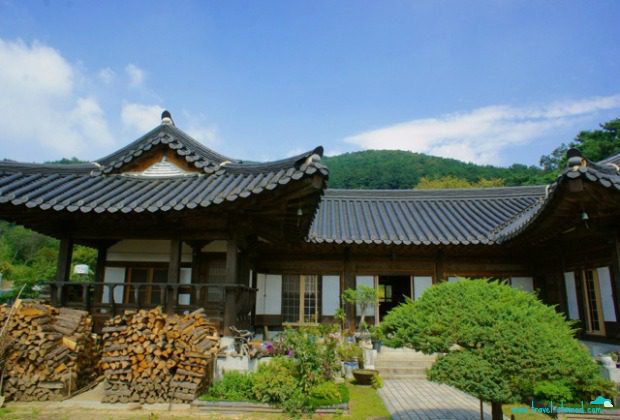
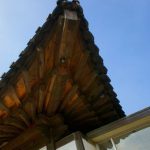
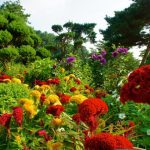
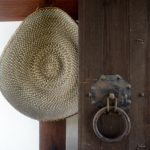
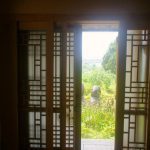
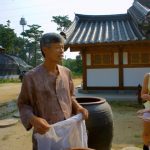
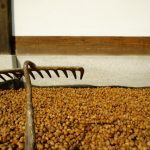
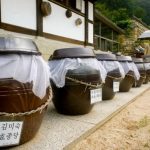
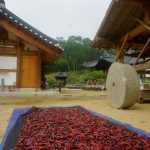
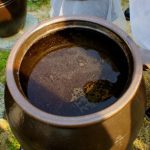
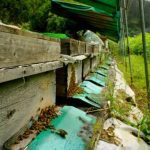
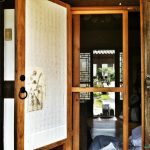
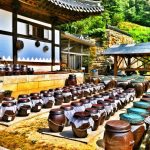
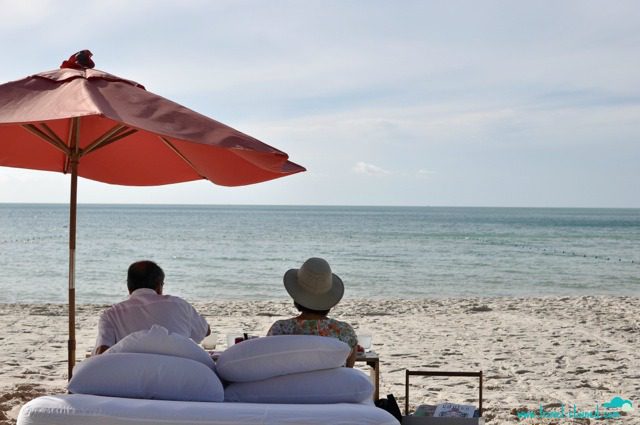

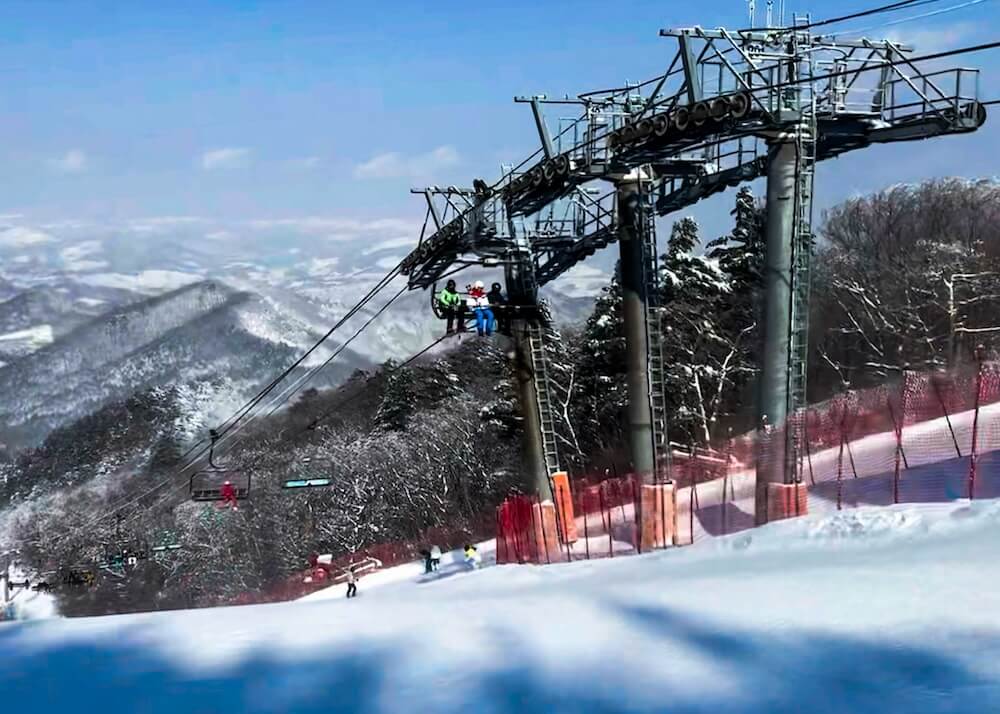
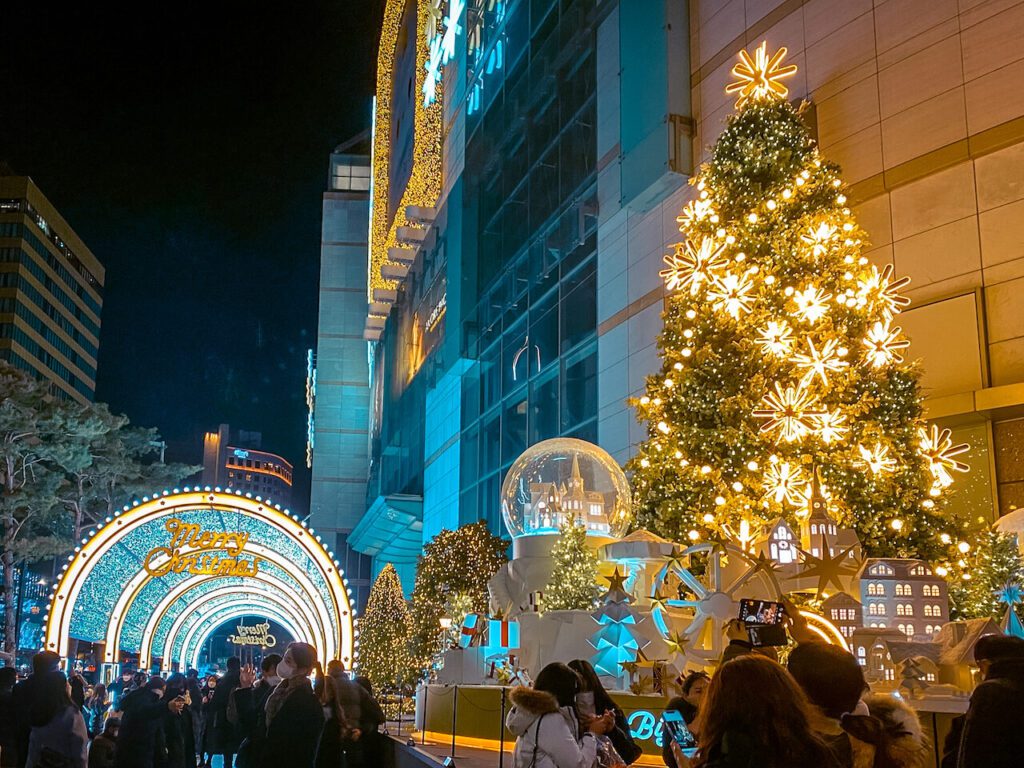
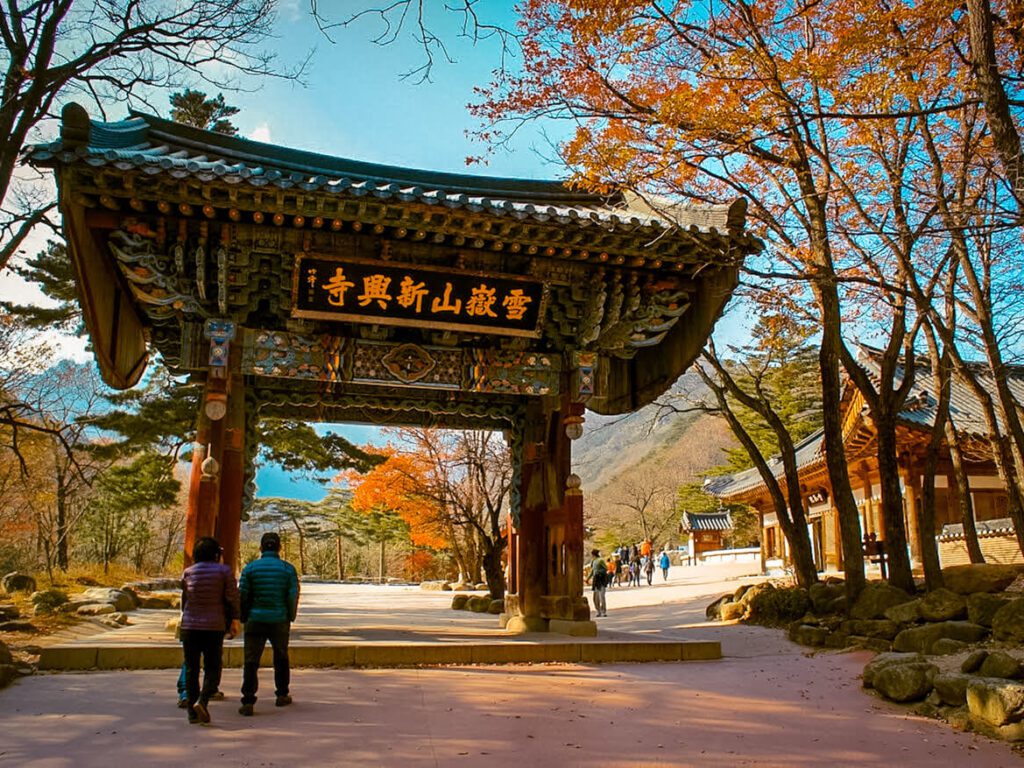
When in New Places
What an amazing way to spend Chuseok!!
It’s so necessary to disconnect and enjoy some peace and quiet, and you can’t beat those beautiful surroundings, that’s for sure – great spot!
~ Andrea <3
Shelley @Travel-Stained
Korea’s so ultra wired, I feel like I have to make a conscious decision to disconnect. Fortunately, the traditional is never too far from the modern here. It was a really lovely weekend. 🙂
Alina (literaryvittles)
This place is beautiful! I could use a day or two of proscribed relaxation about now… trying to buy a used car is extremely stressful!
Alina (literaryvittles)
whoops… i mean prescribed
Shelley @Travel-Stained
It was super relaxing…I felt all the peaceful the second I walked into that place! I can imagine how stressful it is to buy a car – big purchases like that always make me feel tense! and in a new country too. Good luck with it! 🙂
rommel
Perfect for a retreat. The no-nail construction is very interesting. Must be a pain to do esp. back then. And kind of hard to trust the sturdiness? I’m sure they are.
Shelley @Travel-Stained
I thought that part was very interesting too! Someone must’ve had quite a mathematical mind in order to come up with that kind of design. And yes, they are very sturdy! A lot of hanoks in Korea have been around for 100s of years, and no collapses… unlike some of the new constructions that are shoddily built here. 🙁
Rowena & Foxelle
Sigh, how I miss Korea!
Foxelle
Shelley @Travel-Stained
Hi Foxelle. When were you here? If you miss it, it means you should return!!! 😀 The weather is getting very beautiful now, so it’s a perfect time…. 😉
Justine of The Travel Lush
This sounds so cool! My sister is an architect and she has instilled in me a total appreciation of design. I love that every aspect of a hanok’s design is thought out. And it’s really amazing that they are designed to be environmentally friendly. Whenever I finally do make it to Korea I’m definitely going to stay in one 🙂 Did you try the acorn jelly? It sounds kinda good!
Shelley @Travel-Stained
You really do feel the absolute harmony of the design the moment you step into the hanok. We really felt peaceful there. It’s definitely a great experience to have when you visit Korea, and they are located all over the country. The acorn jelly is very common here…and is often served for free as a side dish in restaurants. Hmm…the taste…is very organic and natural. For me, there’s not too much flavour (usually you dip it in soy sauce and other seasonings), but it’s certainly healthy and good for you! 🙂
Moritz
It really looks good and sounds interestng. Disconnecting from Wifi on your own seems to be a perfect way of “coming down”. I’d hope I could chill like that more often…
Shelley @Travel-Stained
Especially in Seoul, you really have to make a conscious choice to disconnect from wifi, because it is EVERYWHERE, fast and mostly free. I mean, all of Gangnam (the entire neighbourhood) has free wifi!! We definitely need to do it more often.
Sha
Yum…homemade gochujang and dwenjang…I’ll bet they make their own kimchi too…but this is an awesome way to spend some time away from the hustle and bustle of the city…I have not had the chance to stay at a hanok before but I love old architectures and decorations! 🙂
Shelley @Travel-Stained
Yes, homemade everything, including honey. The big jangdok with the names on them, were actually for people that had ordered them earlier. They ferment for over a year, and then get picked up by the customers in February!!! We bought some honey and a little dwenjang, so curious about how it will taste compared to what you get in restaurants…
Sha
Wow, a year! Must really taste good by then…haha..I would be curious to the taste too…I’ve only had those in restaurants. ..:)
Ana (Ana Travels)
What a beautiful place. It looks so relaxing as well. I’ll save this in case we ever go to Korea.
The underfloor heating sounds heavenly 🙂 I wonder if it can be replicated in Western houses?
Shelley @Travel-Stained
The best part was that it was so close to Seoul. We hardly had to travel at all to find this place of quiet in the city. 🙂 Ohhh, the underfloor heating is amazing. I’m convinced that’s why Korean’s like to sleep on the floor, it’s so cozy in the wintertime.